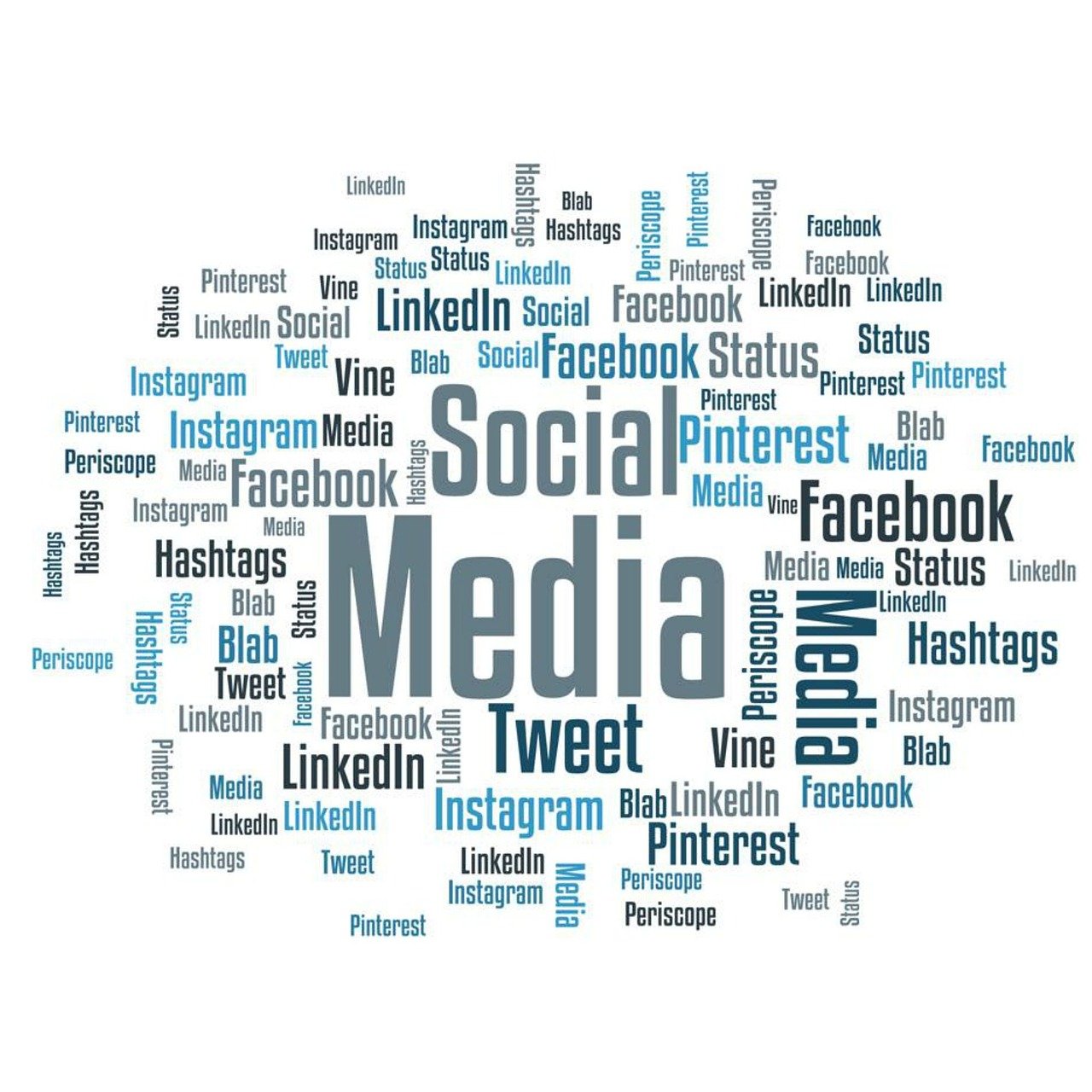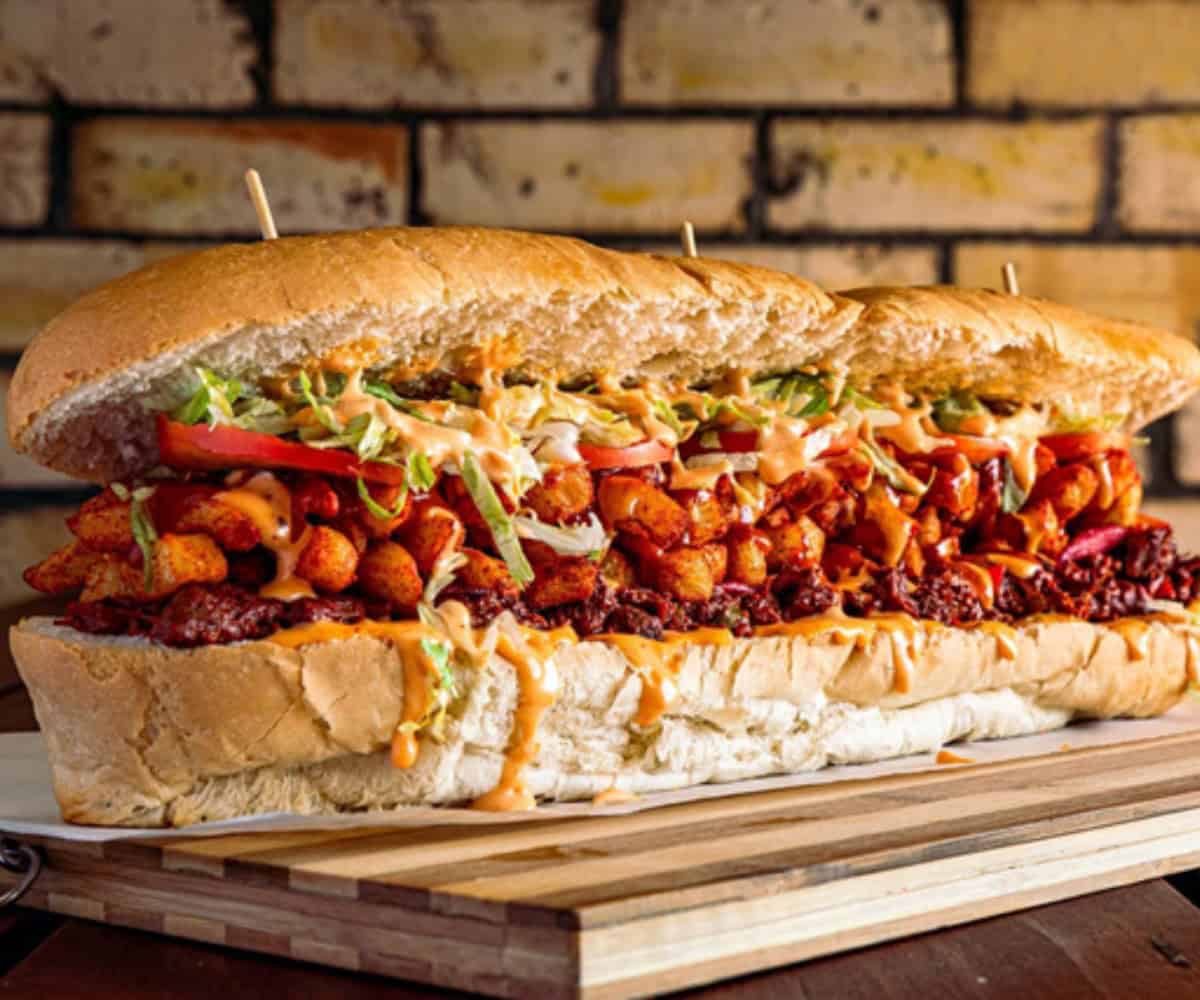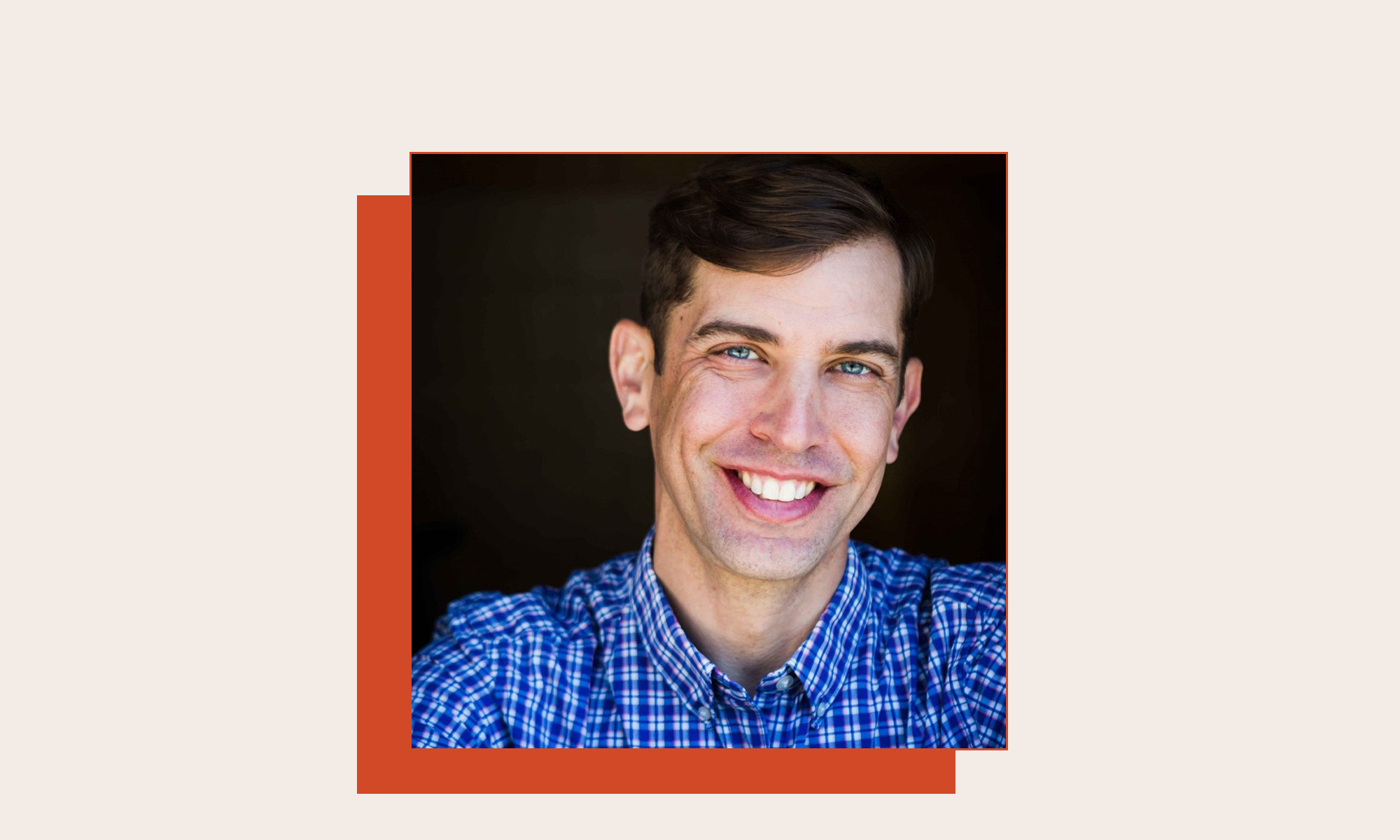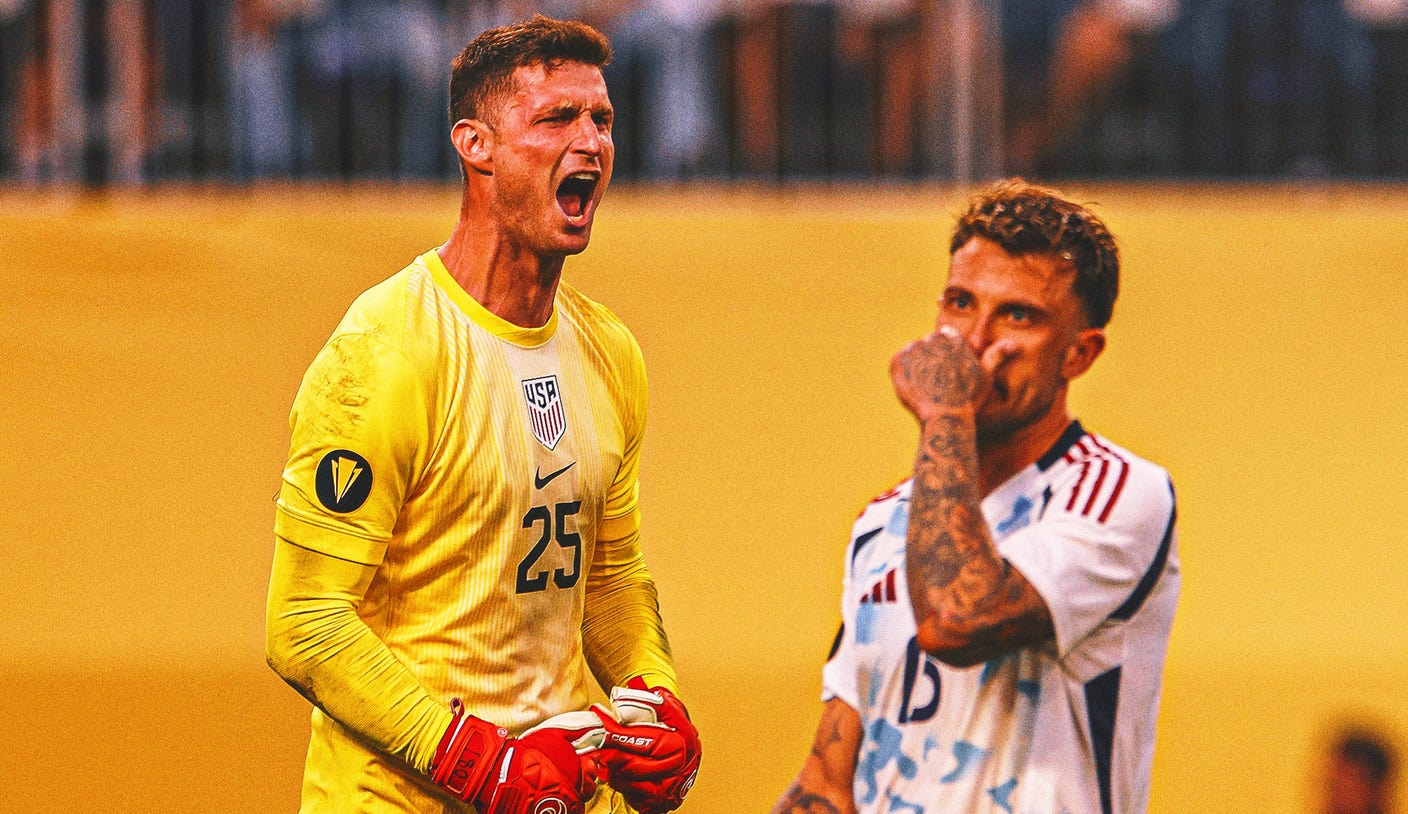Why relying on AI in advertising is hurting creative innovation
Creativity needs new and diverse voices—not a rehash of ideas we already used.

Creativity is dying and it’s all your fault. You didn’t create the problem, but chances are you’re making it much worse. Here’s why. ChatGPT is the current “look at the thing I made!” futuristic idea factory. Unfortunately, idea factories are not new; this is just the most expansive, powerful, widely adopted—and ineffective one so far.
The idea that synthesizing lots of data can generate interesting ideas is almost 100 years old. In 1953, Alex Osborn at BBDO came up with a way to expand the power of the single human mind. He called it “brainstorming.” It’s not surprising that a child of the Second Industrial Revolution would design a factory for thinking. The birth of the “creative industry” is built on this industrial approach to creativity and it was (and still is) quite flawed.
The 1950s were (we are told) a golden age when creativity was finally floating uptown from the smoky haunts of beatniks and into the board room. Art became graphic design, poetry was in the pitch and being effective was cooler than a black turtleneck.
Unlike actual art, however, in which struggling communities strive to express their joy and pain through any available materials, this art was about reliability: “Who’s the guy I can trust with ‘my brand?’” And soon, the Don Drapers of the world would stand in front of tissue paper sketches and issue pithy taglines to a room full of … oh, wait … other Don Drapers.
Brainstorming wasn’t designed to integrate different perspectives to produce new innovative ideas. It was designed to amplify the voices that were already in the room. Like a factory, the room upstairs with the curtain closed is where decisions were made, but the factory floor is where the real work was happening. The women in the typing pools weren’t invited to brainstorms, even though they would have made the creative better. Because the industrial approach to creativity isn’t designed for great ideas, it’s a factory designed for reliable efficiency.
And it’s about to get so much worse.
We have arrived in the “Age of AI.” We have a chance to blow up the industrial approach to creativity by using the machine to open our minds to unheard voices at scale. We could create new datasets from the factory floors, marginalized communities and outside perspectives and finally design a system that pushes us to innovate in bold new ways.
But we aren’t. We are asking the machine to repeat back to us what we already know, faster, easier and worse than ever. The generative art machines infiltrating creative industries right now are the ultimate idea factory, delivering creative output that feels cool, because it is based entirely on stuff we already made. Repeating yourself is, unfortunately, not creative.
Any creative company that says it uses ChatGPT, Midjourney or Dall-E is implicitly not innovating. Because the AI is trained on what we already know, it’s a gigantic brainstorm filled with voices we’ve already heard. It is anti-creative and, instead of reaching out to find new voices and new ways of working, we’re relying on machine learning to recycle all the stuff we already know. If you want AI to change the way you think, don’t focus on what comes out, focus on what goes in.
Advertising claims to make strategic creative output. But how can work be strategic if you have no idea what went into making it? You have no idea what data is informing the beautiful guesswork of your trendy AI tool. Therefore, it isn’t strategic, and it isn’t good advertising. The data in the mind of the machine needs to evolve so we don’t make what is wrong with culture even worse.
Think of an idea like a chicken. Yes, one can make a good roast chicken with some salt and an oven. But, when you add vegetables, the dinners you can prepare become more interesting. And if you leave your neighborhood and find a diverse group of people from all over the world to join you in the kitchen, you’ll find that the recipes you know are just a small slice of what’s possible.
The industrial creative approach has everybody trying to perfect the same roast chicken recipe. AI is a factory pumping out bloated birds that roast well every time. But no one wants chicken for every meal. And no one wants creativity to repeat itself for generations.
It’s time to open the doors of the conference room and hear the roar from the factory floor. We need to build new brains, full of unfamiliar information, things we don’t know and understand. With machine learning, we can listen to more voices than ever before and be inspired at a scale never imagined in human history. It will be hard, it will take a long time—and yes, we’ll all get fired. Because the future of creativity is full of new voices and ideas that will change everything. Stop thinking that creativity should make you comfortable. Because if you’re comfortable, you’re doing it wrong.

 Tfoso
Tfoso 
































